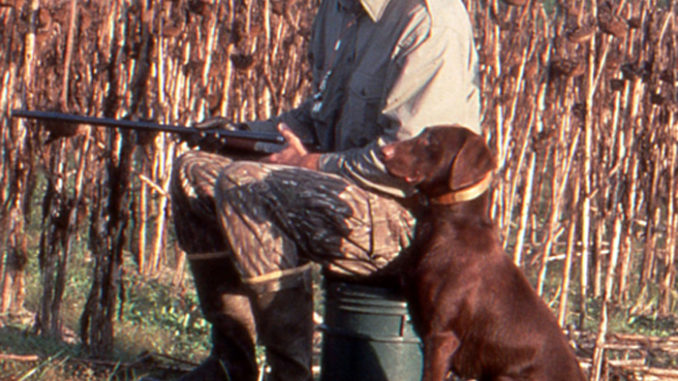
Doves can be devilishly difficult to hit, and national statistics suggest roughly five shells are spent for every dove that flies for the final time.
Even after a telling shot, one vital step remains: picking up the downed dove. At times, such as when a dove falls a few steps away or when a staunch canine companion accompanies you afield, that is the essence of simplicity. However, most hunters lack a four-legged wizard with a wonderful nose as a helpmate, and finding birds often presents a major challenge.
Here are a number of tips that will put more heft in your game bag as well as fulfilling your ethical duty as a sportsman.
• When a bird falls, visually mark the spot. Often you can pick out a weed, bush, distant tree or the like to guide your course.
• Even when birds are flying well, resist the temptation to keep shooting before retrieving the dove.
• Upon reaching the place you think a bird fell, if you do not spot it immediately, mark the location with a strip of orange surveyor’s tape. Then start walking a grid or concentric circles around the tape. If such efforts fail, come back at the shoot’s end to try again. If someone on the hunt has a retriever, they may be able to help.
• Look for sign as you search. A single feather won’t tell you much, but several close together likely indicate where the dove fell. If it isn’t there, you may have a cripple. Check nearby cover, such as a clump of grass or underbrush, where a winged bird might hide.
• Help other hunters when they down a bird. Often, giving another shooter directions will lead him directly to a dove.
• Consider a second pair of eyes, in the form of a youngster not yet old enough to shoot, as a companion. A kid who gets to play pick-up boy, point out incoming birds and receive an apprenticeship in the sport will thoroughly enjoy the experience, while you will have the quiet satisfaction of knowing you are molding a future hunter.



Be the first to comment